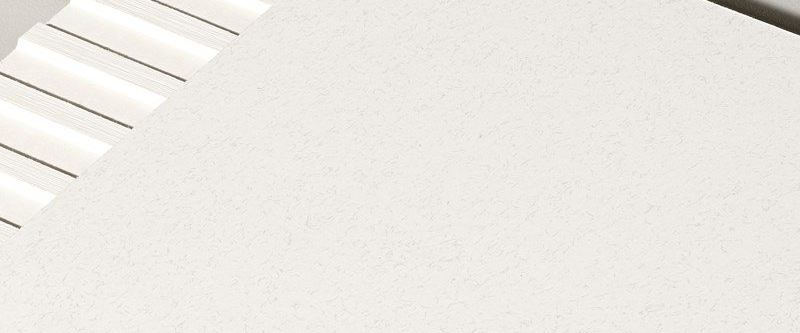Author Des White, EQUITONE Technical Sales Manager Ireland
Fire classification for cladding materials is changing. While the facades industry expects and welcomes more stringent laws on materials, we look at what the current classifications means when specifying materials on High rise and High Risk buildings (above 18m and or Hospitals, nursing homes, schools, hotels, student housing etc) and the difference in legislation across the island of Ireland.
Here, we delve deeper into the meaning behind the EN 13501-1 fire classification. The information can help you to find the right materials to specify and gain confidence in your selection, while giving you a clearer picture of the standard of our EQUITONE fibre cement facade materials.
What does “reaction to fire” mean?
Reaction to fire focuses on the behaviour of the materials when exposed to heat or fire.
What is the European standard of fire safety?
The Euroclass system is recognised as the standard of fire safety across Europe. It classifies the reaction to fire, as well as evaluates multiple aspects such as ignitability, flame spread, heat release, smoke production and propensity for producing flaming droplets/particles.
The system was introduced by the European Union in 2000 to remove trade barriers between individual member states and ensure consistent quality levels. Our EQUITONE materials meet the European standard EN 13501-1.
How is the Euroclass system broken down?
The European classification standard EN 13501-1:2018 ranks construction materials in seven classes with regards to their fire behaviour: A1, A2, B, C, D, E and F.
The same document also gives a classification of these materials with regards to smoke development (s1, s2 and s3) and the formation of flaming droplets/particles (d0, d1 and d2).
Fire Classification explained for facade material specification
The designations are:
Fire Behaviour The reaction to fire classification determines how much a material contributes to the behaviour of fire. A2-s1,d0 is of limited combustibility in Ireland. While at the other end of the scale, an F rating is easily flammable.
A full breakdown can be found below:
A1 = non-combustible materials
A2 = limited combustibility
B, C, D = ranges from very limited to medium contribution to fire
E, F = high contribution to fire.
A2 materials and above (A1), which includes EQUITONE, can be safely used in buildings over 18 metres, or those classified at high risk below 18m such as Hospitals, nursing homes, schools, hotels, student housing etc.
Smoke Development The ‘s’ part of the classification refers to the total smoke emitted during the first 10 minutes of exposure to fire:
S1 = little or no smoke
S2 = quite a lot of smoke
S3 = substantial/heavy smoke
Formation of Flaming Droplets/Particles The ‘d’ part of the classification relates to the number of flaming droplets and particles that are produced within the first 10 minutes of fire exposure. The index is below:
D0 = no droplets
D1 = some droplets
D2 = quite a lot
At EQUITONE we recognise the importance of understanding the characteristics and features of building materials when specifying them for your project.
With building material combustibility a key focal point during the specification stage, EQUITONE has a long-standing commitment to ensuring our fibre cement facade materials comprehensively meet the fire performance classification A2-s1,d0 to EN 13501-1:2018.

